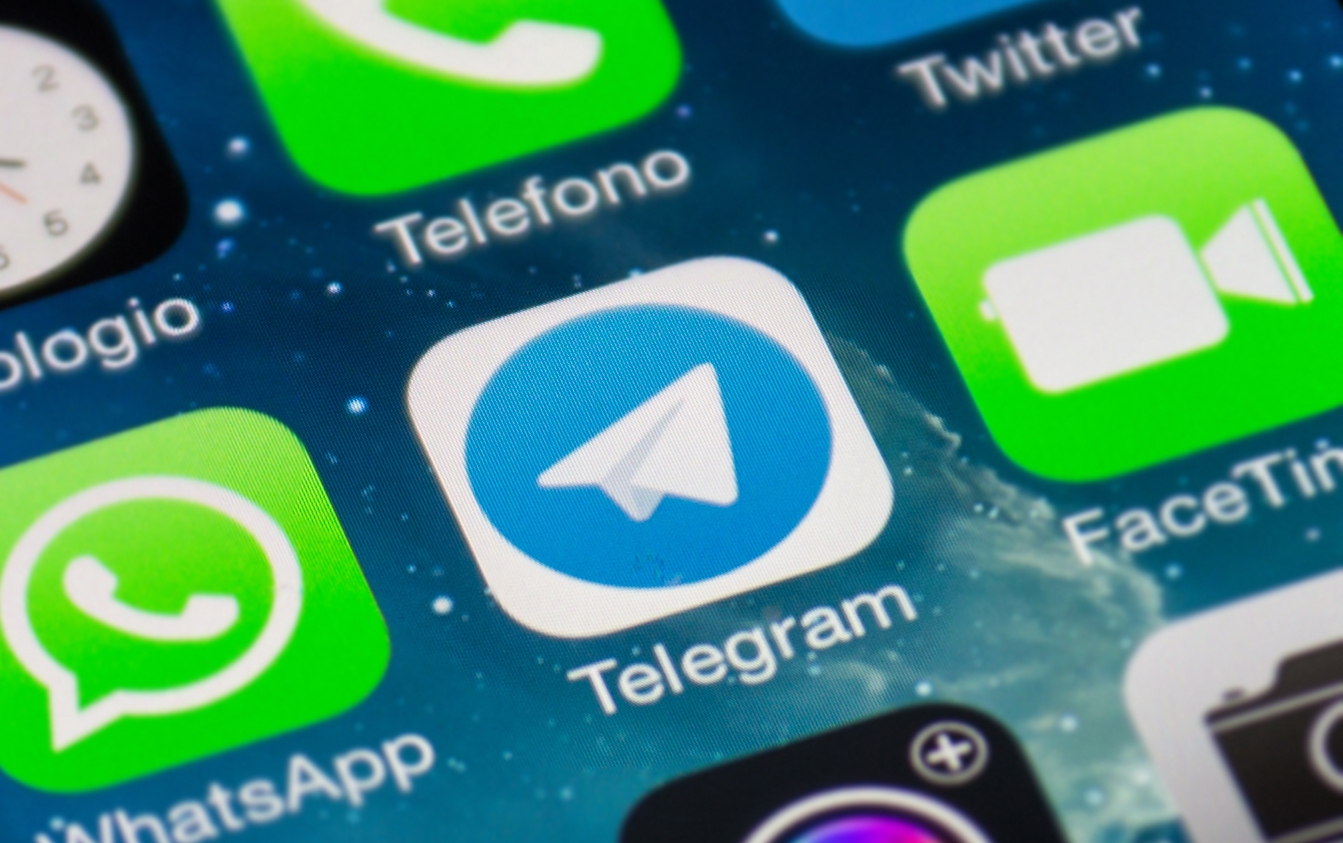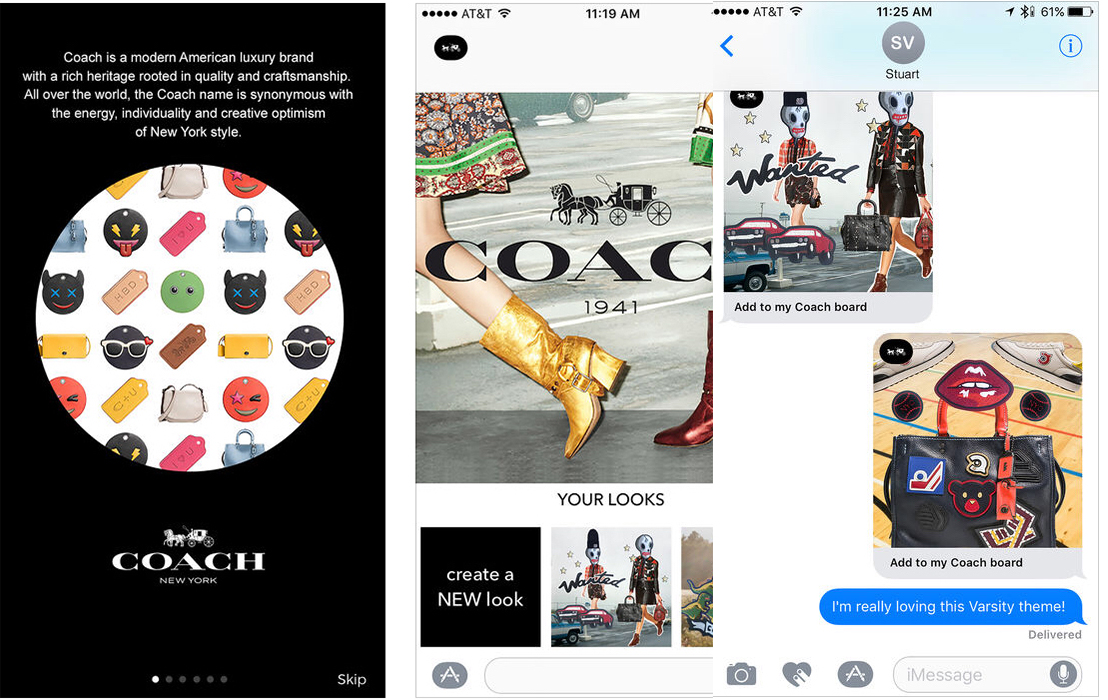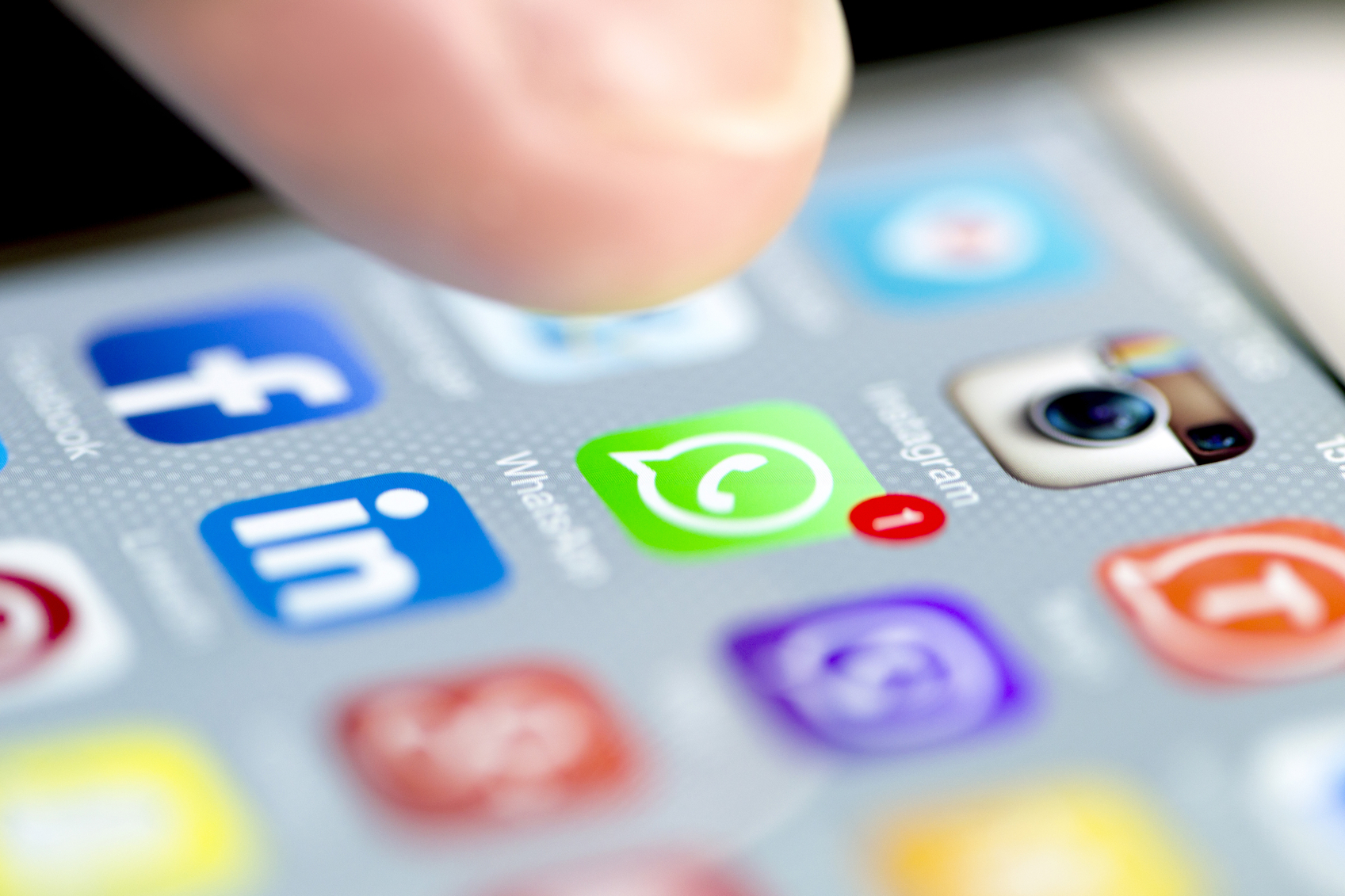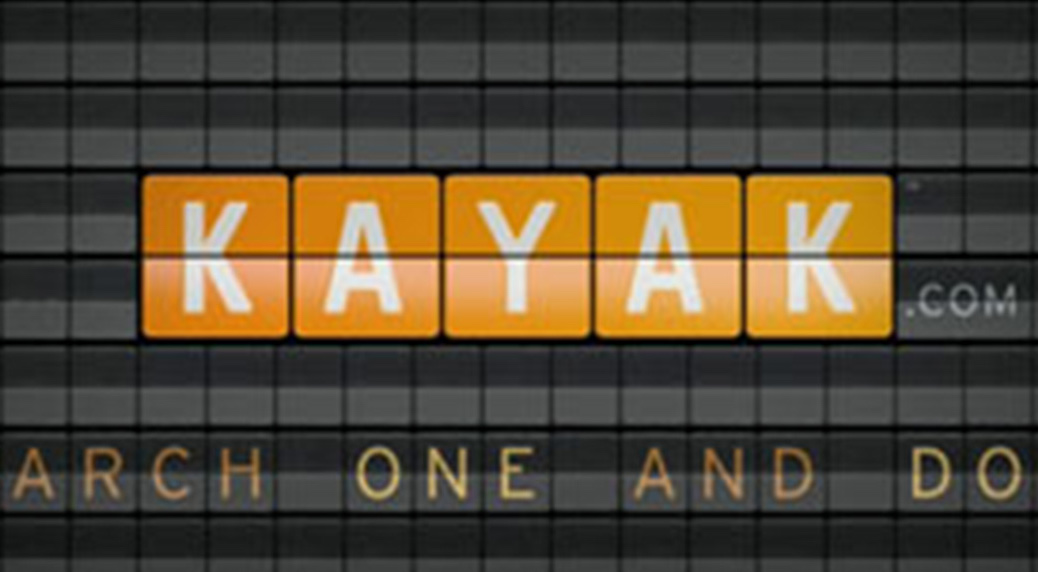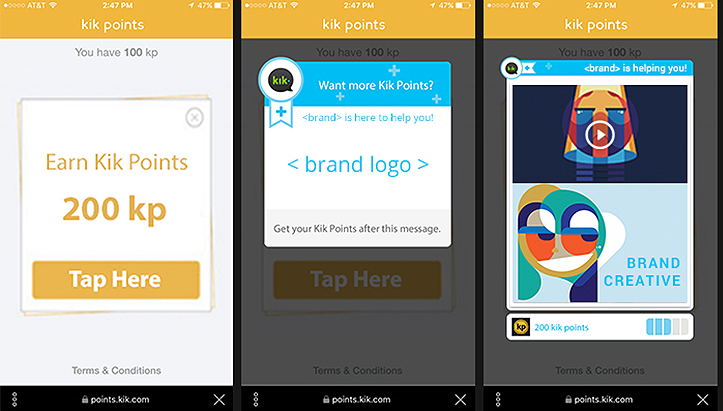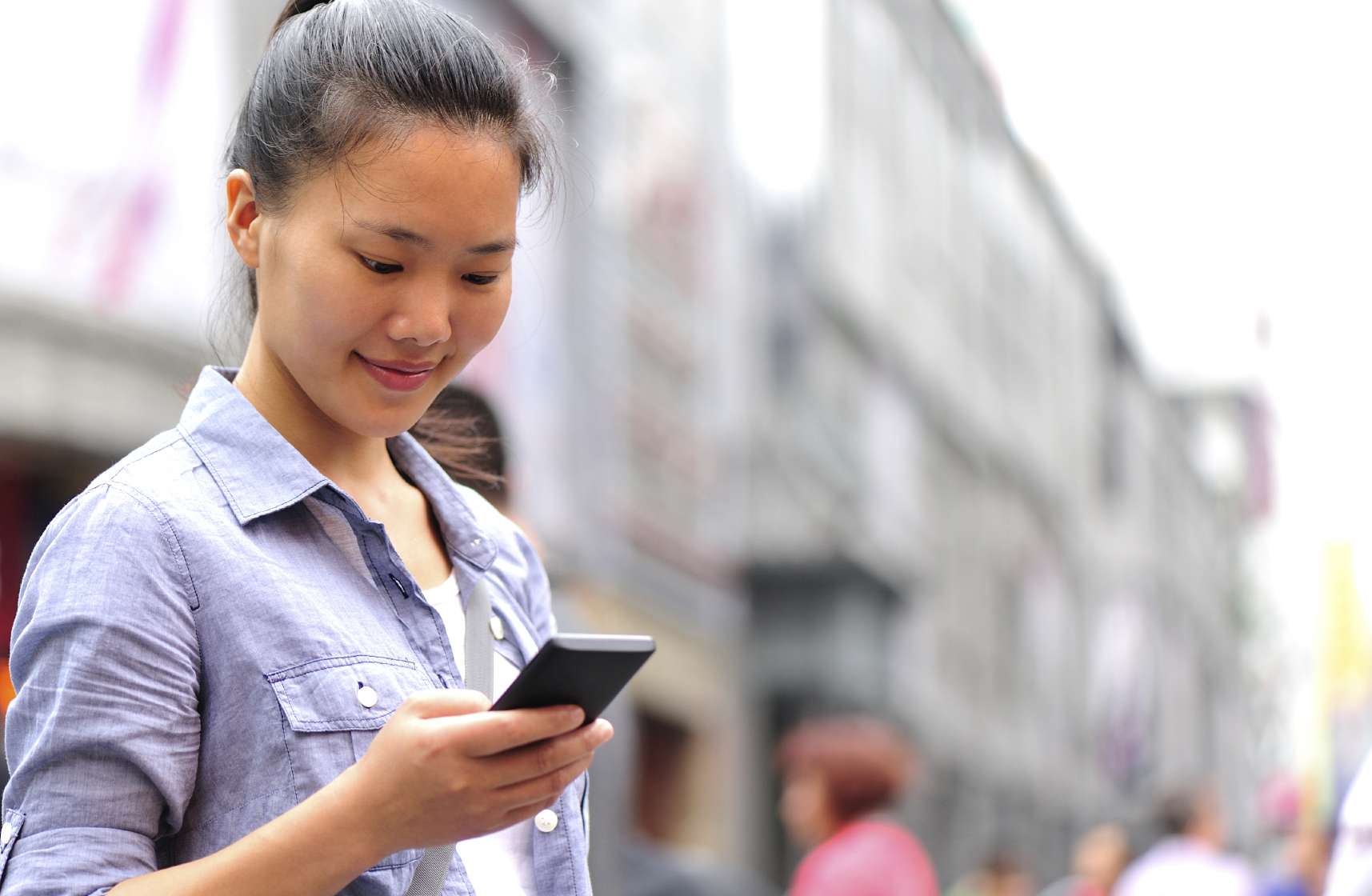What Happened
Encrypted messaging app Telegram has updated its iOS app to add support for Apple Pay for its Bot API, allowing chatbots on its platform to accept payments and complete transactions without leaving the app. Users can now buy a cute handbag, order food deliveries, or hail a cab simply by chatting with one of the bots available on Telegram before authenticating the purchases via TouchID. Telegram first introduced chatbots nearly two years ago, and it is working with Stripe to enable payments. The company also has plans to add support for more localized options so as to support conversational commerce on its platform in global markets.
What Brands Need To Do
While Telegram’s user number pales in comparison to that of Facebook Messenger and WhatsApp, this Apple Pay integration nevertheless shows a good example for designing a frictionless user experience to facilitate conversational ecommerce. With messaging apps quickly taking over texting and phone calls, especially among the younger generations, it is important that brands keep a close eye on the development of conversational ecommerce and evaluate each platform to determine the ones that they can reach customers with.
How We Can Help
The Lab has extensive experience in building chatbots to reach consumers on messaging interfaces. So much so that we’ve built a dedicated conversational practice called Dialogue. The NiroBot we built in collaboration with Ansible for Kia is a good example of how Dialogue can help brands build a conversational customer experience, supercharged by our stack of technology partners with best-in-class solutions and an insights engine that extracts business intelligence from conversational data.
If you’d like to learn more about how to effectively reach consumers on conversational interfaces, or to leverage the Lab’s expertise to take on related client opportunities within the IPG Mediabrands, please contact our Client Services Director Samantha Holland ([email protected]) to schedule a visit to the Lab.
Source: TechCrunch
